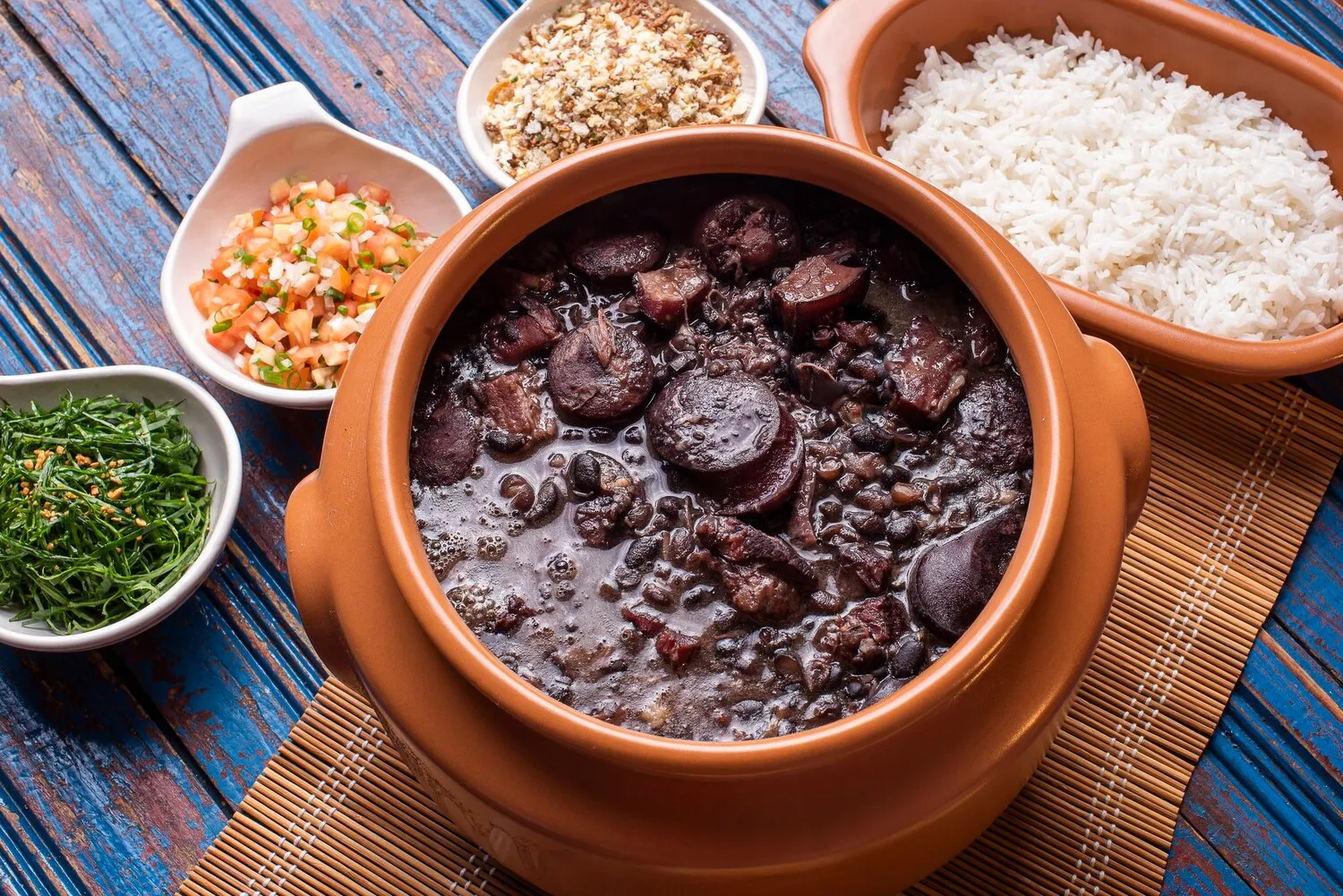
Mandioca Frita
Fried Cassava (Yuca).
Nutrition Facts
* The % Daily Value (DV) tells you how much a nutrient in a serving of food contributes to a daily diet. 2,000 calories a day is used for general nutrition advice.
Panelão do Norte - Penha SP
Cassava, also known as yuca or manioc, is native to South America and has been a staple food for indigenous populations for thousands of years. Its cultivation and use predate European colonization. The method of frying cassava likely evolved over time as a simple and effective way to prepare and preserve the root vegetable, becoming a popular dish among various social classes.
Mandioca Frita is a widely consumed snack and side dish in Brazil, deeply embedded in the country's culinary culture. It represents a connection to Brazil's indigenous roots and is enjoyed across various social and regional boundaries.
Street Food Staple
Mandioca Frita is a common street food, often sold at food stalls and fairs. It's a quick and affordable snack enjoyed by people on the go.
Side Dish Accompaniment
It is a popular side dish accompanying many Brazilian meals, especially grilled meats (churrasco), feijoada (bean stew), and other traditional dishes.
Regional Variations
While the basic recipe remains the same, regional variations may exist regarding the type of cassava used, the seasonings added, or the dipping sauces served alongside.
Mandioca Frita offers a delightful balance of starchy, slightly sweet, and savory flavors. The frying process imparts a crispy exterior and a soft, fluffy interior.
The primary flavor is that of cassava itself, which is subtly sweet and earthy. The frying process deepens the flavor and adds a satisfying crunch. Salt is typically added to enhance the natural flavors. Some variations might include seasonings like garlic powder, paprika, or chili powder for added complexity. The oil used for frying also contributes a subtle flavor element.
Choosing the Right Cassava
Select fresh, firm cassava roots. Avoid those that are soft or have blemishes. Look for cassava that is consistent in color and feels heavy for its size.
Soaking for Starch Removal
Soaking the peeled and cut cassava in water for about 30 minutes to an hour helps to remove excess starch, resulting in a crispier texture after frying.
Double Frying for Extra Crispiness
For an exceptionally crispy texture, consider double-frying the cassava. Fry it once at a lower temperature to cook it through, then a second time at a higher temperature to achieve a golden-brown and crispy exterior.
Temperature Control
Maintain a consistent frying temperature (around 350°F or 175°C) to prevent the cassava from becoming soggy or burning. Use a thermometer to monitor the oil temperature.
Explore additional Traditional Brazilian dishes and restaurants
Explore Traditional BrazilianDiscover top dining spots and culinary experiences in Penha.
Explore PenhaLearn more about the food culture, restaurant scene, and culinary heritage of Brazil.
Explore Brazil